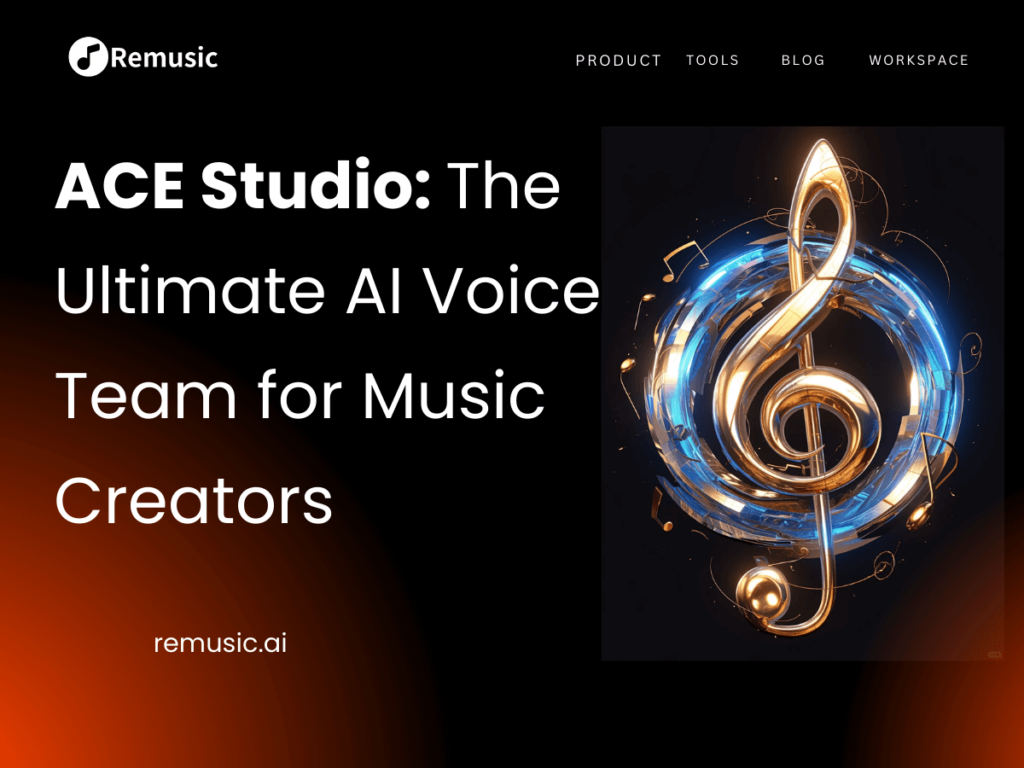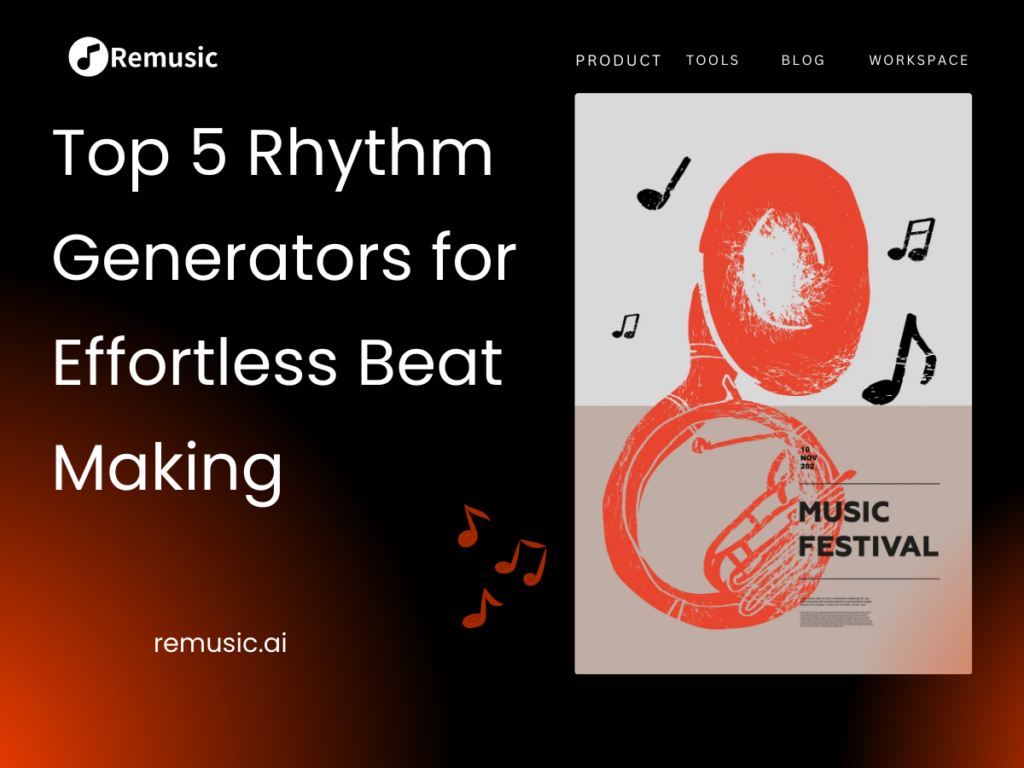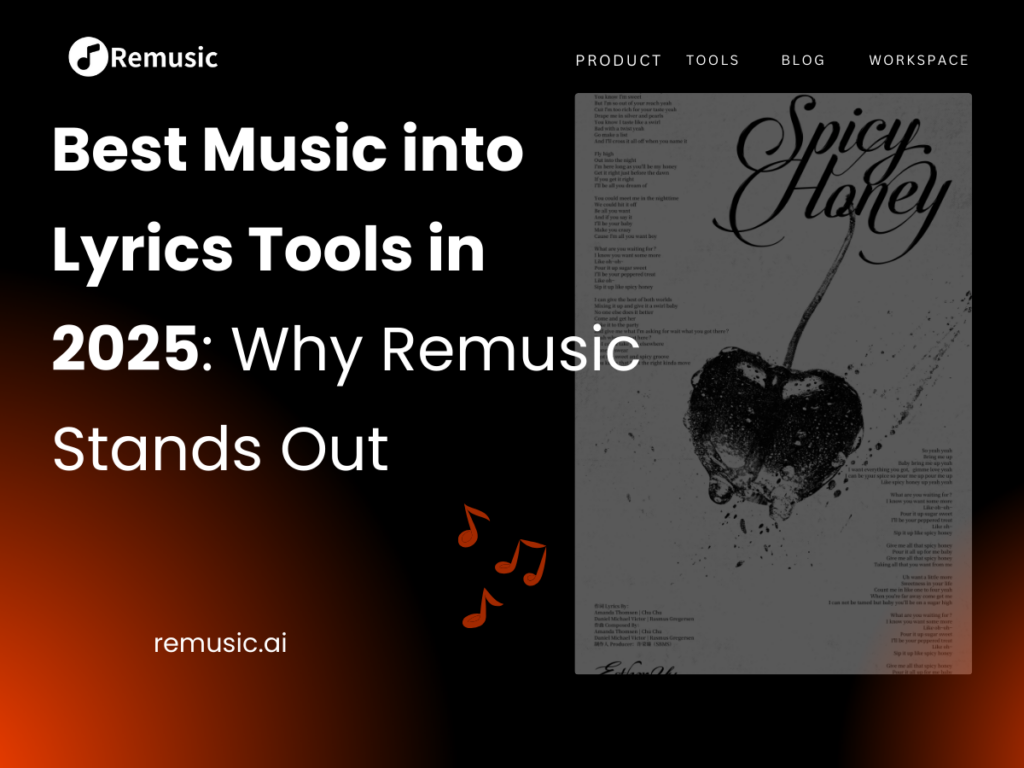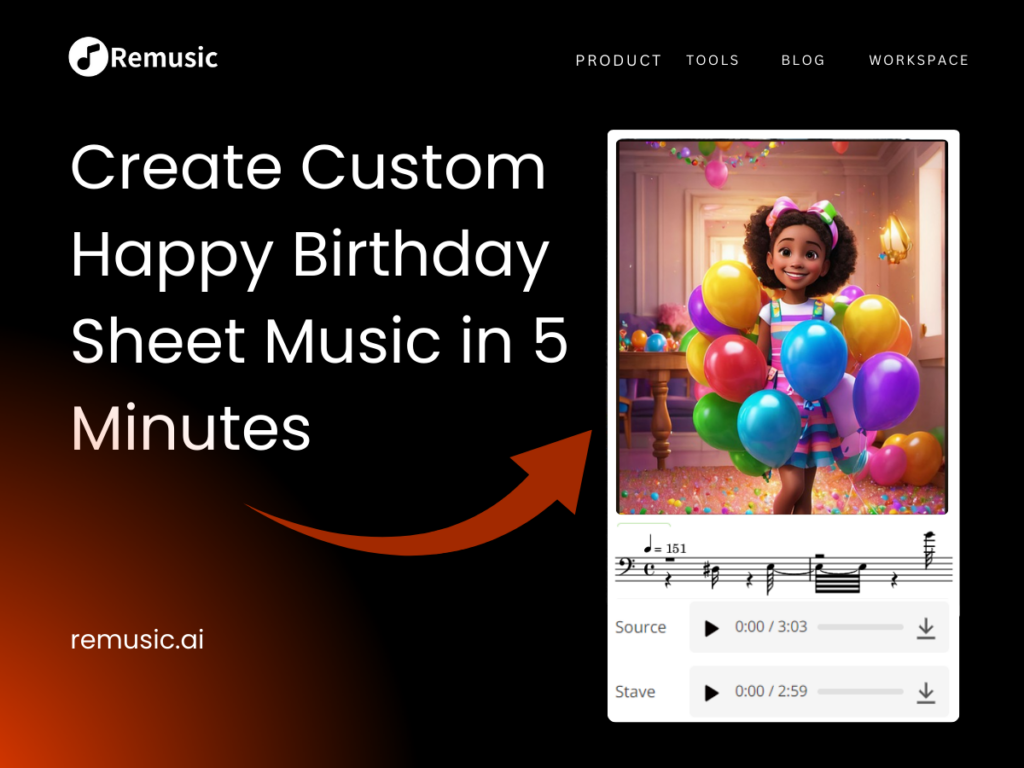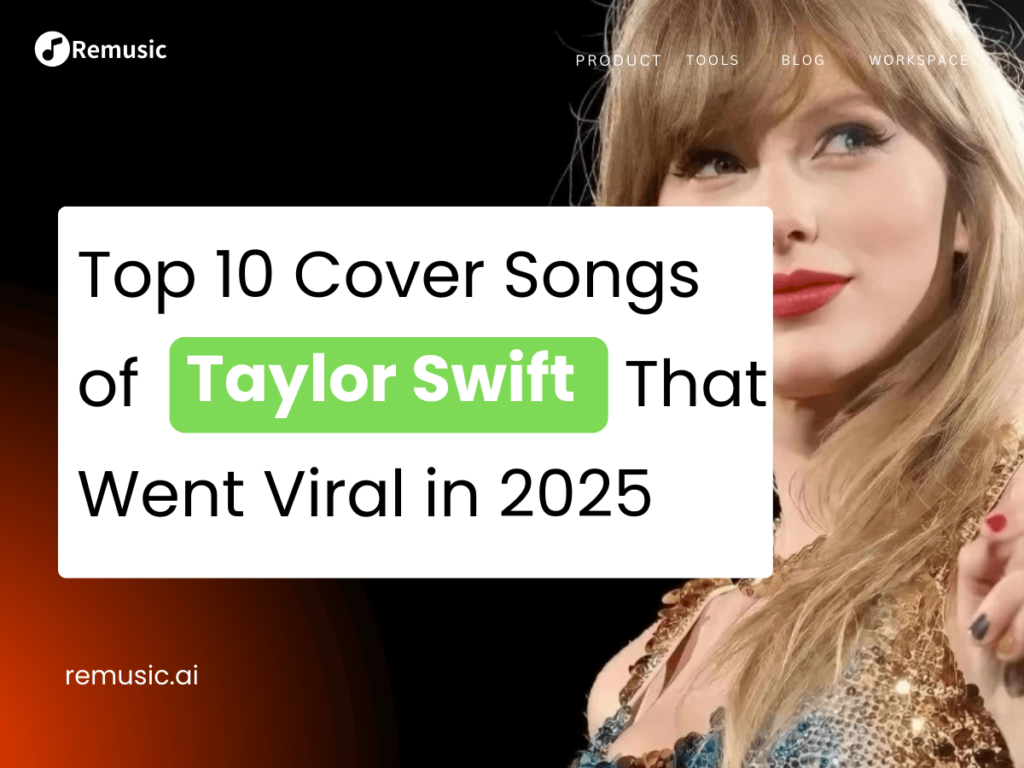What Is a Cover Song? Complete Guide to Music Covers
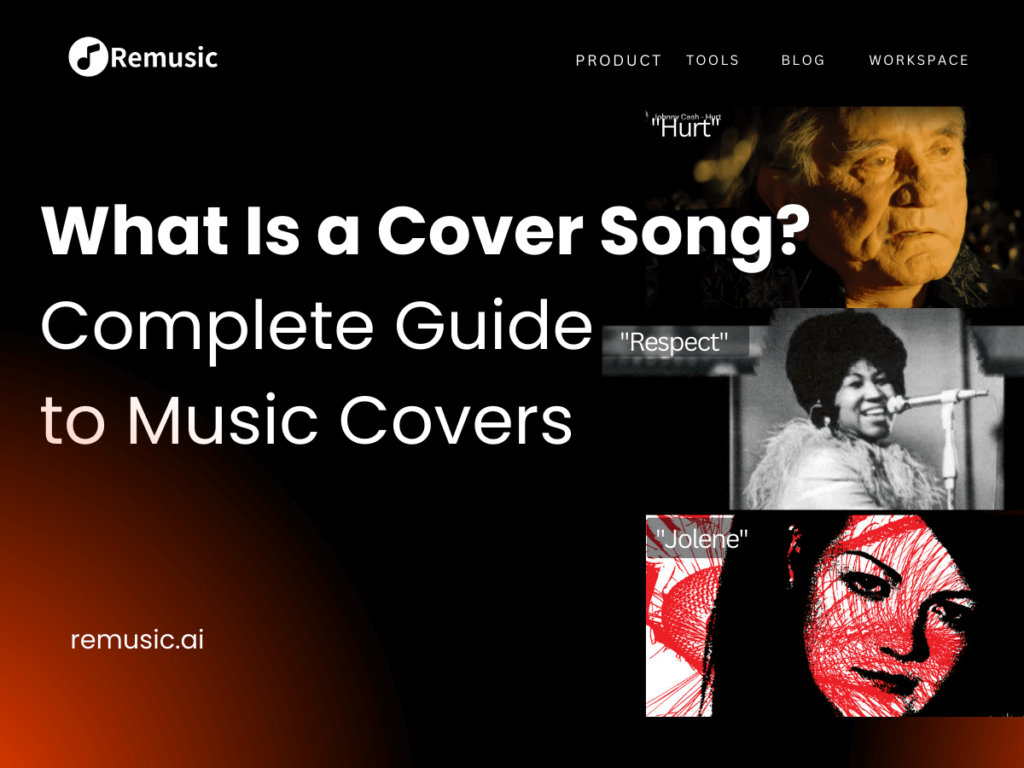
Contents
What Is a Cover Song?
Cover songs refer to an art form that reinterprets existing musical works, giving new artistic life to classic works by adapting the arrangement, singing style or production technology. This secondary creation is not only a link for music inheritance, but also a catalyst for cultural innovation. From jazz musicians' improvisation of Broadway songs to Johnny Cash's subversive interpretation of the industrial rock song "Hurt", cover works continue to promote the cross-border integration of music genres. With the development of artificial intelligence technology, modern cover creation has broken through human physiological limitations. AI cover generators represented by Remusic analyze the melody structure, voiceprint characteristics and emotional expression of the original song through deep learning algorithms. It can achieve voice conversion, style transfer and multi-language adaptation while retaining the core musical elements. Users only need to upload audio files to generate personalized cover works with professional quality. This technological breakthrough not only reshapes the music creation ecology, but also opens a new era of democratization of music expression. It is worth in-depth discussion from the dual dimensions of artistic value and technical ethics.
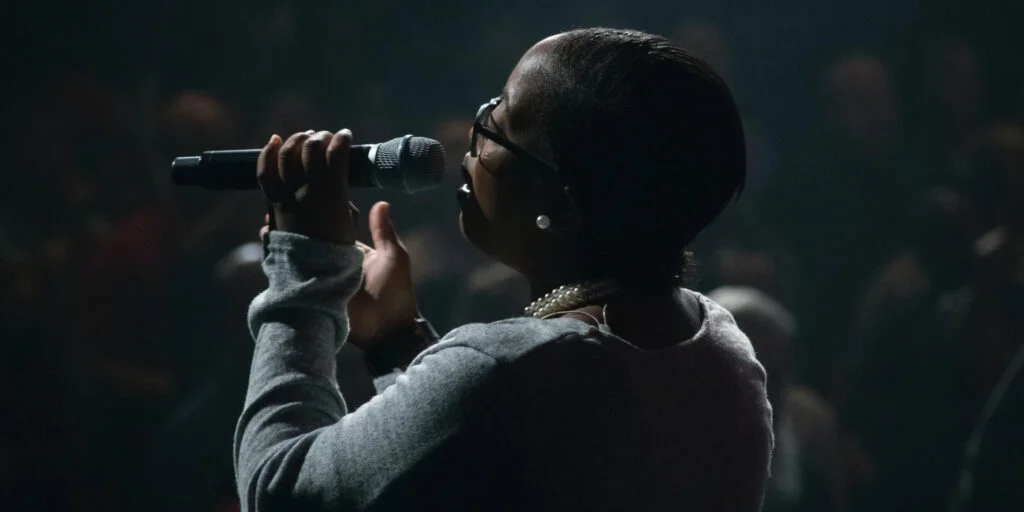
The History and Evolution of Cover Songs?
The history of cover songs can be traced back to the oral transmission of medieval folk music and the improvisation of religious hymns. Its essence is the creative reconstruction of existing works. After the rise of the record industry in the 20th century, the cover phenomenon gradually became institutionalized: jazz musicians transformed Broadway pop songs into improvisational performances, the rock era witnessed Elvis Presley's cover of black blues songs to promote cultural breakthroughs, and Aretha Franklin's reinterpretation of "Respect" made it a hymn for the civil rights movement.
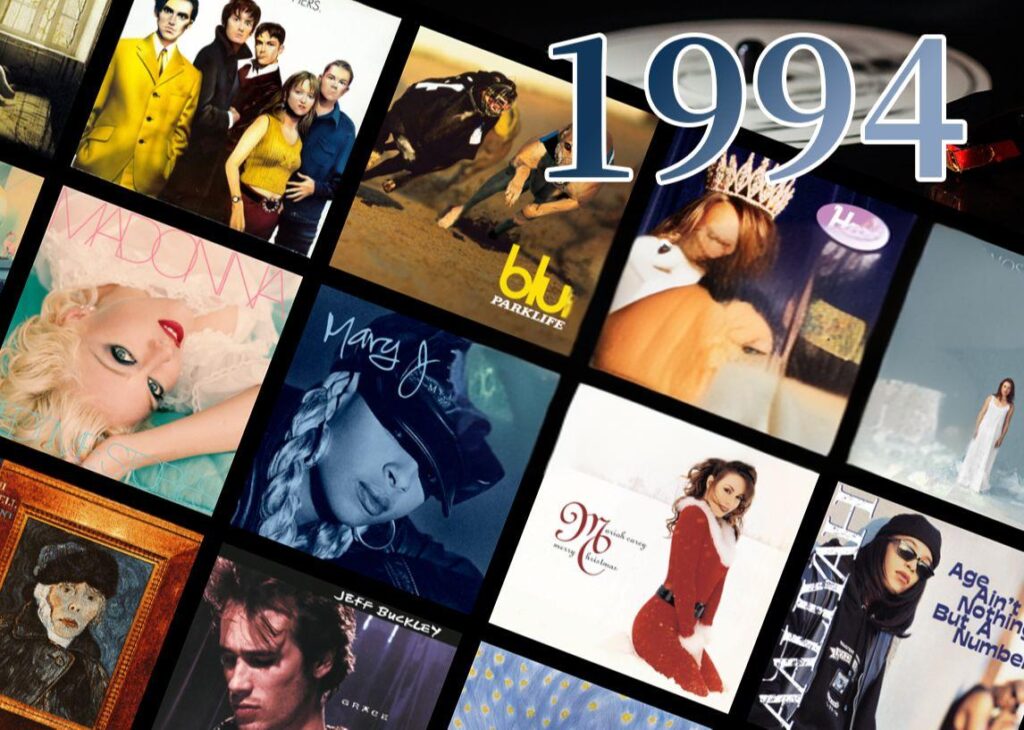
There are many cases in music history where covers surpass the originals, such as Whitney Houston's transformation of Dolly Parton's country love song "I Will Always Love You" into a magnificent epic, and Jimi Hendrix's psychedelic interpretation of Bob Dylan's "All Along the Watchtower" is also regarded as a classic. With the change of times, covers have evolved from the crude imitation of garage bands in the 1960s to the technical showmanship of pop singers in the 1990s, and to the viral spread of user-generated content (UGC) in the digital age. However, the mechanical licensing and synchronization rights system in the music copyright system has always constrained cover creation, and creators need to balance legal compliance and artistic freedom. Traditional covers need to overcome technical difficulties such as the solidification of the original melody, the bottleneck of arrangement innovation and the adaptation of the singer's voice. This process of breaking boundaries within the established framework is precisely what constitutes the eternal charm of cover art that transcends time and space.
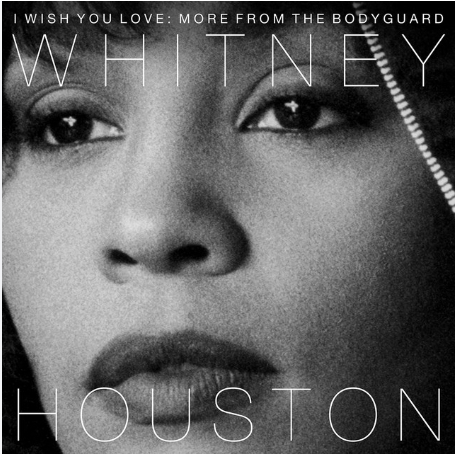
Cover songs in the digital age have been reborn under the catalysis of streaming media and social media: platforms such as Spotify and TikTok have promoted cover works from the recording studio to global audiences through algorithm recommendations and short video challenges, and independent musicians can achieve instant creation and distribution without the support of traditional record companies. YouTube has given birth to the "cover economy", such as Charlie Puth's popularity through covers and Madilyn Bailey's adaptation of "Paparazzi" has received tens of millions of views. User-generated content (UGC) has blurred the boundaries between fans and artists and has become a springboard for newcomers to accumulate traffic. Professional singers also use covers as a strategic tool - Billie Eilish reset the popularity with a dark version of "Bad Guy", and AI covers have created topic fission through voice cloning technology. Contemporary audiences have significantly increased their acceptance of covers. Generation Z regards it as an entry point for cultural participation. They are eager to hear the subversive interpretation of "Running Up That Hill" in "Stranger Things" and also look forward to the true expression of original works. However, automatic copyright identification systems and sampling disputes continue to test the creative boundaries of digital covers. This symbiotic relationship between technological empowerment and cultural game is reshaping the ecological rules of the music industry.
What Is the Core of Cover Song?
The essence of an excellent cover song is to retain the soul of the original work while injecting subversive innovation: the core of success lies in accurately capturing the emotional core of the original song, such as Johnny Cash's old voice in "Hurt" reconstructing the fatalistic sense of industrial rock, and creating a new context through arrangement and reconstruction - Alanis Morissette transformed "My Hump" from a hip-hop dance music into a satirical piano ballad, which is a model of deconstruction and re-creation. Arrangement needs to find a balance between tribute and breakthrough: Jeff Buckley remade Cohen's "Hallelujah" with guitar harmony to build a sacred space, and Billie Eilish used minimal electronic sound effects to reshape the Beatles classic, both of which achieved the translation of the aesthetics of the times through production technology. Vocal interpretation is more of a test of artistic insight. Whitney Houston expanded the range of the chorus of "I Will Always Love You" by octaves, creating an emotional tension that surpassed Dolly Parton's original version; and TikTok musicians reshaped the dissemination form of "Dreams" through fragmented covers, revealing the transformation of adaptation strategies in the digital age. A truly outstanding cover is like a cultural prism, reflecting the genetic spectrum of the original work while projecting the artistic personality of the adapter. This duality continues to evolve in the controversy over Queen's "Under Pressure" being sampled by hip-hop or the deconstruction of "Heart on My Sleeve" by AI technology.
Exploring What Is a Cover Song through Remusic
Remusic's AI Song Cover Generator represents a revolutionary leap forward in music production technology, offering an accessible yet powerful platform for creating high-quality cover songs without traditional studio requirements. This innovative tool harnesses the power of artificial intelligence to transform how musicians, content creators, and music enthusiasts approach cover song creation.
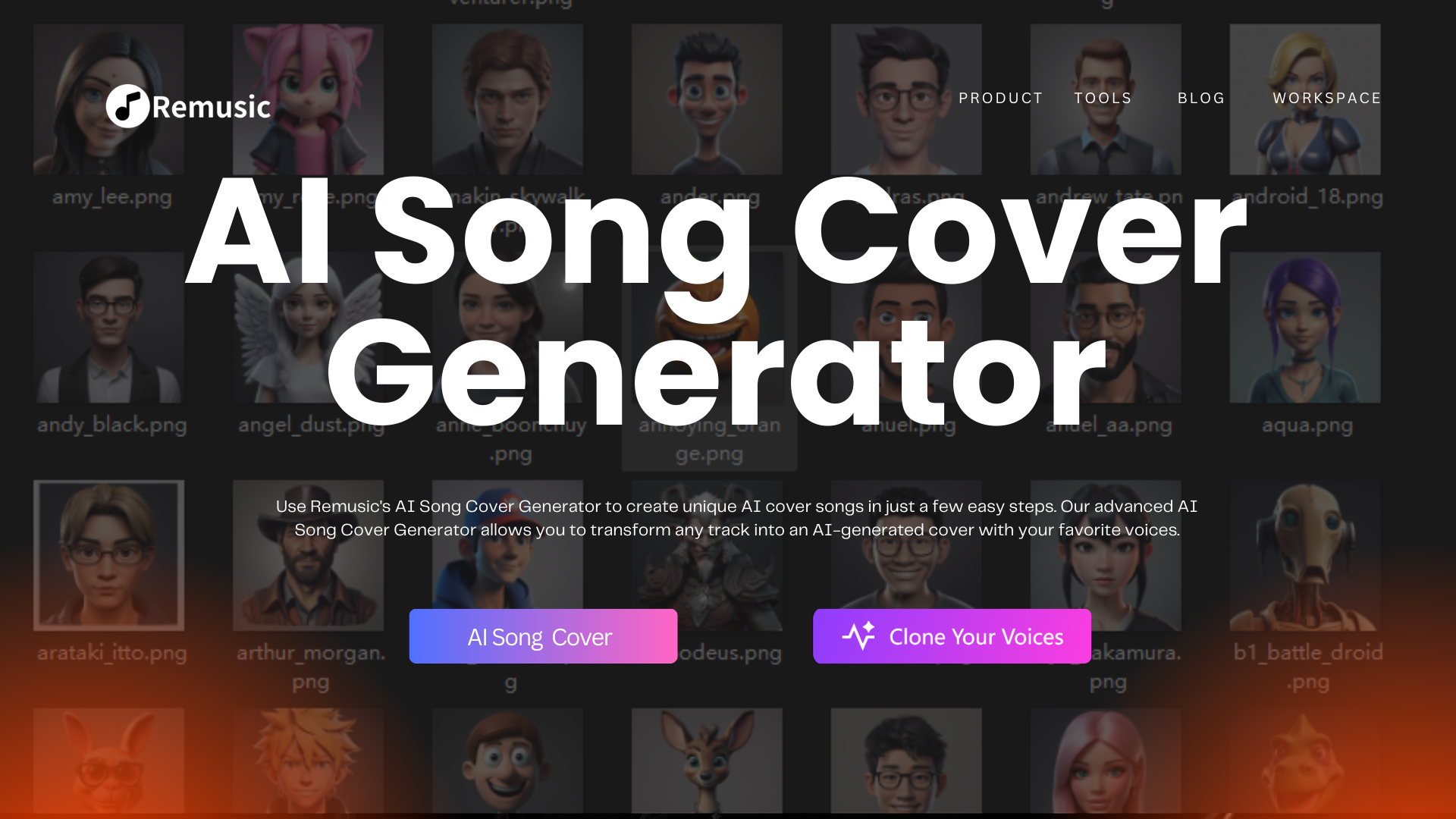
At its core, AI Song Cover Generator's technology operates through sophisticated deep learning algorithms trained on vast datasets of musical performances. The system analyzes original songs across multiple dimensions—vocal timbre, instrumental arrangements, tempo, key signatures, and stylistic nuances—before reconstructing them with remarkable precision. Behind the scenes, neural networks work simultaneously to generate authentic-sounding vocal reproductions and instrumental accompaniments that maintain the essence of the original while allowing for creative customization.
The platform boasts an impressive array of features designed for both novice and experienced users. Its intuitive interface allows for one-click style transfers, voice modeling of various timbres, gender-switching vocals, tempo adjustments, and key transposition. Users can isolate and manipulate individual instrumental tracks, apply genre-specific arrangements, and fine-tune mixing parameters to achieve professional-grade results. The cloud-based processing ensures rapid generation times without taxing users' hardware resources.
AI Cover excels at producing diverse cover song types, from faithful renditions that closely mirror originals to bold reinterpretations that cross genres. The AI can generate acoustic versions of electronic hits, orchestral arrangements of pop songs, jazz interpretations of rock classics, and countless other transformations. The system handles everything from solo piano covers to full band arrangements with remarkable versatility.
When compared to traditional cover song creation, AI dramatically reduces barriers to entry. Conventional approaches require recording facilities, musical instruments, performance skills, arranging knowledge, and mixing expertise—often representing significant investments of time and money. Remusic condenses this complex workflow into a streamlined digital process, democratizing cover creation while maintaining professional quality standards. This accessibility revolution empowers creators to focus on artistic vision rather than technical hurdles, unleashing new possibilities for musical expression in the digital age.
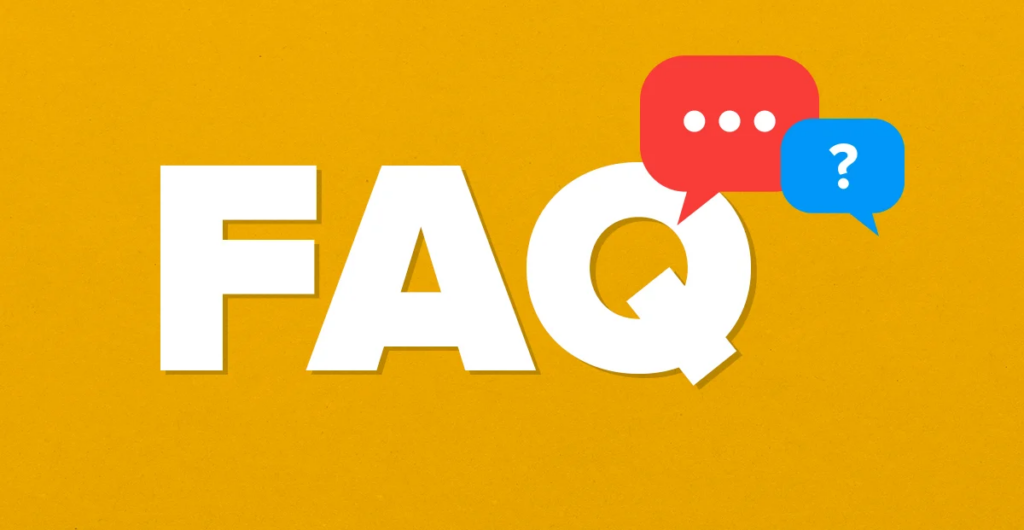
FAQs About Cover Songs
What Legally Defines a Cover Song?
A cover song is the act of re-singing and re-recording an existing song without changing the lyrics and melody, while the original work is still protected by copyright.
Do You Need Permission to Create a Cover Song?
Yes. Most countries require a mechanical license or automatic authorization through the platform, otherwise the cover is considered copyright infringement.
How Are Cover Songs Monetized?
Profits can be made through playback revenue, rewards, performance income, etc. on platforms such as YouTube and Spotify, but legal authorization must be obtained, otherwise the income may be taken away by the copyright owner.
Can AI Covers Sound like Specific Artists?
Yes. AI can simulate the vocal characteristics of a singer and achieve the effect of "singing in the style of a certain singer", but the closer the voice is to the original singer, the higher the legal risk.
Are AI Cover Songs Copyright Infringement?
Possibly. If you use the original melody or imitate the real singer's voice, it may infringe the copyright of the work and the portrait right/voice right. You should use it with caution and consider authorization.
What Distinguishes a Remix from a Cover Song?
A remix is a derivative work that re-arranges the original song and adds effects, while a cover retains the original song structure and only changes the singer.
How Do Royalties Work for Cover Songs?
Usually calculated based on the number of plays, downloads or uses, the platform pays the copyright holder a mechanical usage fee or synchronization licensing fee
Conclusion
Artificial intelligence technology is reshaping the paradigm of cover song creation. Remusic uses deep learning algorithms and sound cloning technology to enable even amateurs to generate professional-level AI covers with one click, while retaining the original song's skeleton and achieving style deconstruction and sound pattern reshaping. In the future, music creation will move towards co-creation by all the people. Log in to Remusic now and use technology to unlock your musical genes.
